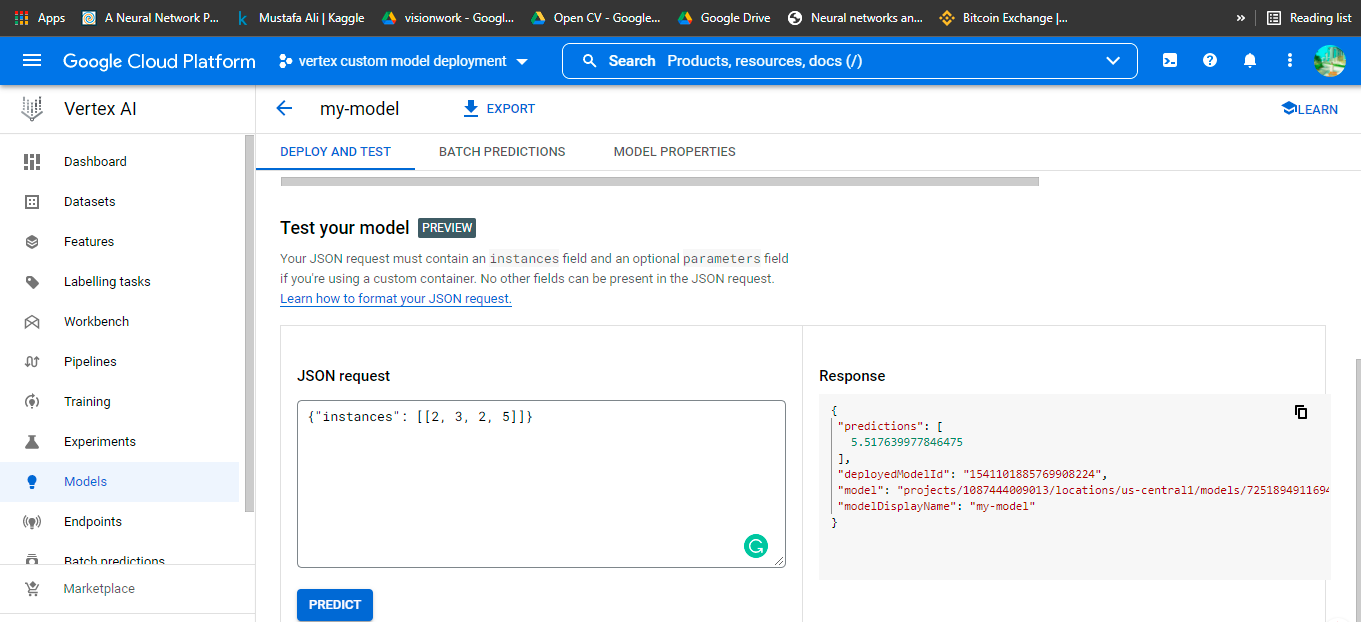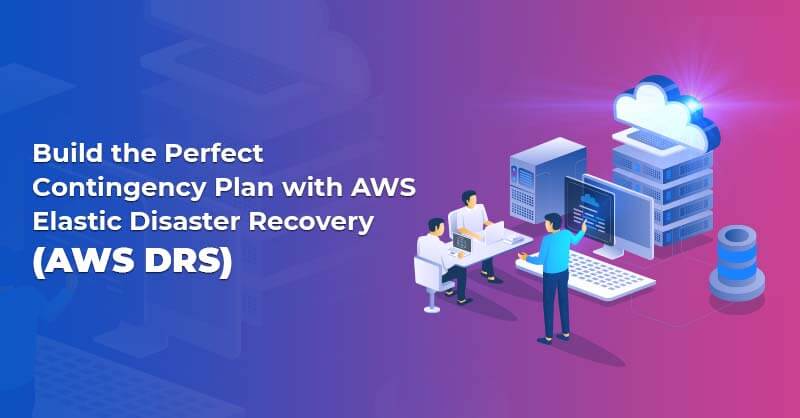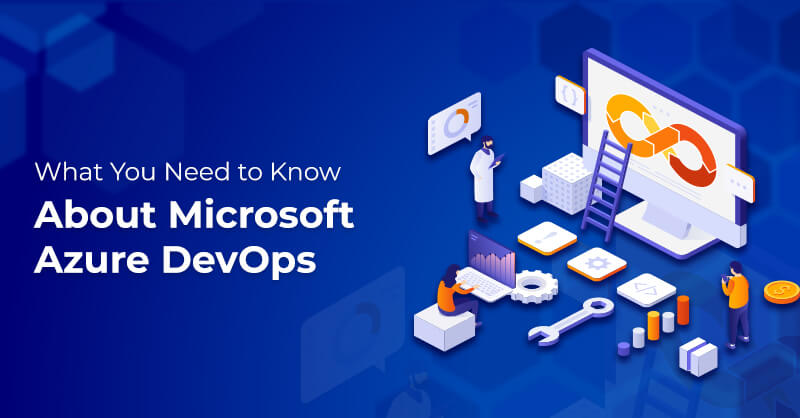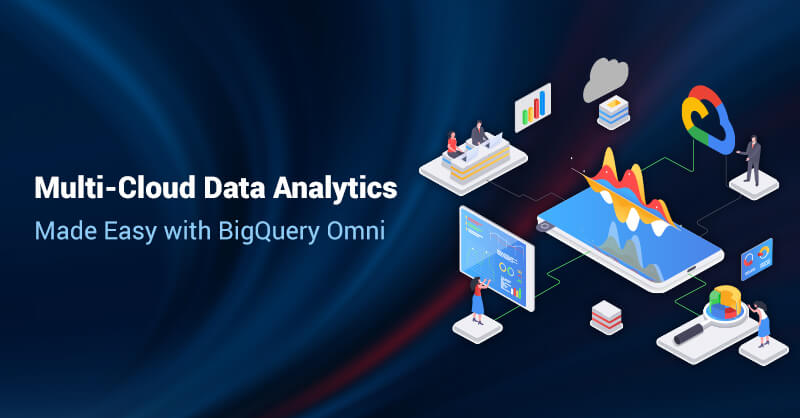Why Vertex AI is the Perfect ML Low Code Platform
Written by Mustafa Ali
Data EngineerWhen it comes to building end-to-end machine learning models' pipelines with minimum fuss, Vertex AI by Google Cloud Platform is a perfect choice. With Google Vertex AI, data analysts and engineers have access to a unified artificial intelligence platform that increases their experimentation rate and helps deploy and manage models and data pipelines enhanced with AI/ML effectively. By combining AutoML, an AI platform, and new MLOps focused products, Vertex AI has a unified API with an extensive client library and a rich user interface (UI). With Vertex AI, developers can:
- Train machine learning models without knowledge of code
- Access customizable tools, including custom code
- Scale Models Faster
- Access services to manage ML models efficiently
Google Cloud was named a leader in AI infrastructure by the Forrester study in 2021 due to these unique features. This blog explains why businesses choose Google Vertex AI when building an ML and advanced data pipeline with low code.
Vertex AI Low Code / No Code
Vertex AI's chief advantage over other ML platforms is that developers can deploy more machine learning models faster, with 80% fewer lines of code required for custom and modeling. Two main features help create a low code platform: AutoML and the custom tooling feature. With these tools, people can train and scale models faster. For instance, Vertex AI training is far more advanced with AutoML; users can leverage pre-trained APIs to aid in building a computer vision, conversation, and structured datasets. While with Vertex AI's custom tools feature, developers can access custom libraries for training their unique ML model pipelines. The range of custom libraries available on Vertex AI far outstrips competitors such as ZenML, PyCaret, etc.
Why Vertex AI
Vertex AI is natively integrated with data platforms like BigQuery, Dataproc, and Spark, providing end-to-end integration on the Google Cloud Platform. In addition, Vertex AI uses custom containers for training and prediction, which integrates with open-source frameworks such as TensorFlow, PyTorch, and scikit-learn and supports all ML frameworks. Developers can train and develop models using AutoML and all models developed are stored in a central model repository.
When developing Machine Learning models, we face several process challenges that can be solved with Vertex AI such as:
Feature engineering
Model Training and Hyperparameter Tuning
Model serving
Model tuning
Deploying ML models on Edge
Model monitoring
Google Vertex AI provides the precise tools and managed service solutions at scale for online feature serving (low-latency serving). These tools are critical for making timely online predictions, thus enabling data scientists to do their work without worrying about ML model deployment. In addition, with Vertex AI feature store, users can share and reuse the machine learning features and tools.
With Vertex AI, AI/ML practitioners can combine AutoML and custom code models into a single API and new third-party products. Vertex AI also allows an easy migration process path from other AI/ML platforms for existing ML models. To learn more about building Vertex AI pipelines for prediction models, you can register to download our on-demand webinar.
Vertex AI Prebuilt Models
In addition to enabling custom models, Google Cloud's Vertex AI has various pre-trained models available. Vertex AI training also offers managed training services. There are four major types of prebuilt models as outlined below:
- Image - Pre-trained models available for image datasets are:
- Image Classification (single, multi-label)
- Object detection
- Image Segmentation
- Tabular - Two types of models are available for the tabular dataset:
- Classification/Regression
- Forecasting
For Forecasting models, one must identify the timestamp column if not selected by default. Following that, Data granularity is selected.
- Text
- Text Classification (single, multi-label)
- Text entity extraction
- Text sentiment analysis
- Video
- Video action recognition
- Video classification
- Object tracking models are available for the video dataset
A model has been created for demonstrating Google Cloud Vertex AI capabilities. This model aims to measure and predict the score of applicants applying for a specific job. The following steps provide an overview of the steps, tools used, and data requirements to build this ML model.
Building the ML Model with Vertex AI
In this section, we provide an overview of the process of building, training, and deploying Google's Vertex AI ML models. To create machine learning models with Google Cloud Vertex AI, there needs to be a data collection representative of a given population to train. Then, using the console (or API), one can create an empty dataset and import the data. After importing data, one can modify model settings and start training models.
- Create Dataset: First, create an empty Dataset and import data later from Cloud Storage or use BigQuery table that holds the training data. Then, use AutoML to train a tabular classification model. Vertex AI's AutoML Tabular service allows structured data to train a model without building the model architecture.
- Train Model: Vertex AI training for a tabular dataset requires the user to set the target column the value that the model will predict; in this case, the target column is the score. After training, a model is returned to serve Vertex AI predictions. To ensure accurate model training, with Vertex AI data labeling you can assign labels automatically, via console or request human intervention to add labels to data items.
- Evaluate Model: Evaluate the ML model and fine-tune if needed; after training, the model returns precision and recall, which you can change by setting a threshold.
- Deploy Model: Deploy the model to the endpoints to make predictions through Vertex AI UI or endpoint URL.
- Predict: Finally, with Vertex AI UI, predictions can be carried out on your Vertex AI model. Both streaming and batch predictions can be made.

Data analysis is an important part of developing precise predictions with ML-based models. With Vertex AI workbench, data experts can run a fully managed data workflow with access to fully managed and user-managed notebooks (e.g., Jupyter Notebook) that have pre-installed deep learning packages that can run on TensorFlow and PyTorch frameworks. Want to learn more about how AI/ML can enhance data analytics and drive business growth? Our infographic has all the information necessary, access it right away.
How Can Royal Cyber Help?
In this blog, we have demonstrated the ease of process when building a low code predictive model. Furthermore, tools from low code ML platforms like Vertex AI open the doors to innovation. They encourage even individuals with low AI/ML expertise to build customized end-to-end ML models on the Google Cloud Platform.
By partnering with Google Cloud, Royal Cyber is committed to helping organizations leverage the power of Google Cloud and meet business requirements. With our certified AI/ML experts, we can help your organization build the custom ML pipelines necessary by leveraging Vertex AI and other Google Cloud products and services. We've got you covered, from collaborating with your organization to creating customized Vertex AI models to helping your company scale models faster. Want to learn more about our managed and consulting services? Our infographic provides a detailed overview.
For more information, contact us at info@royalcyber.com or visit us at www.royalcyber.com



